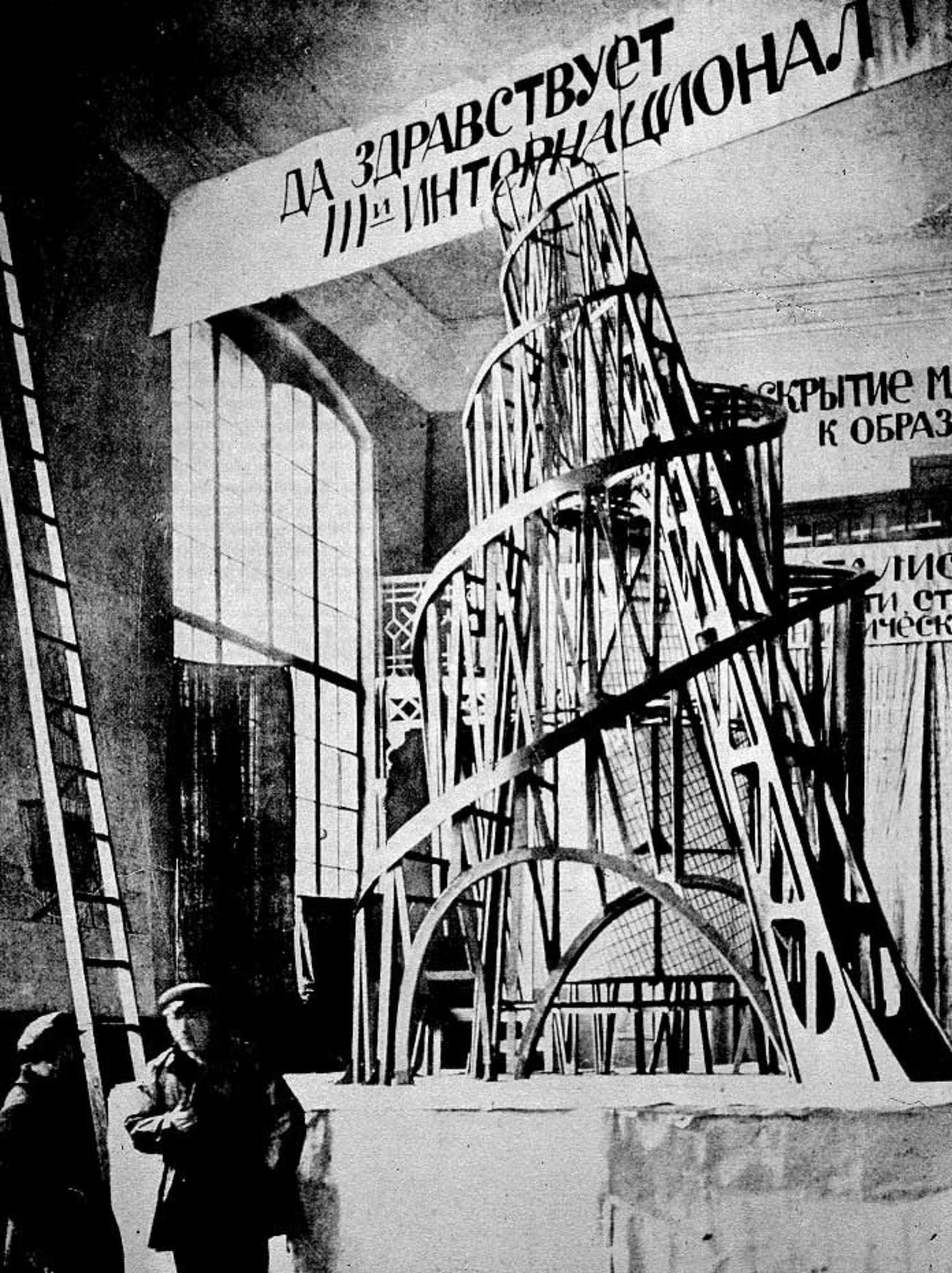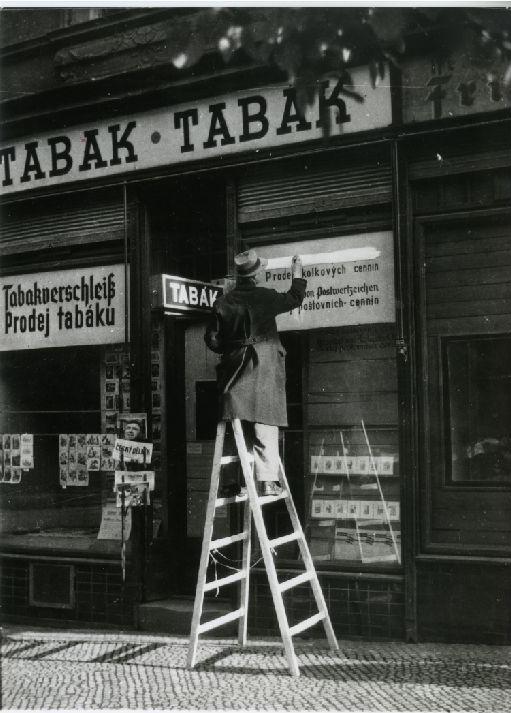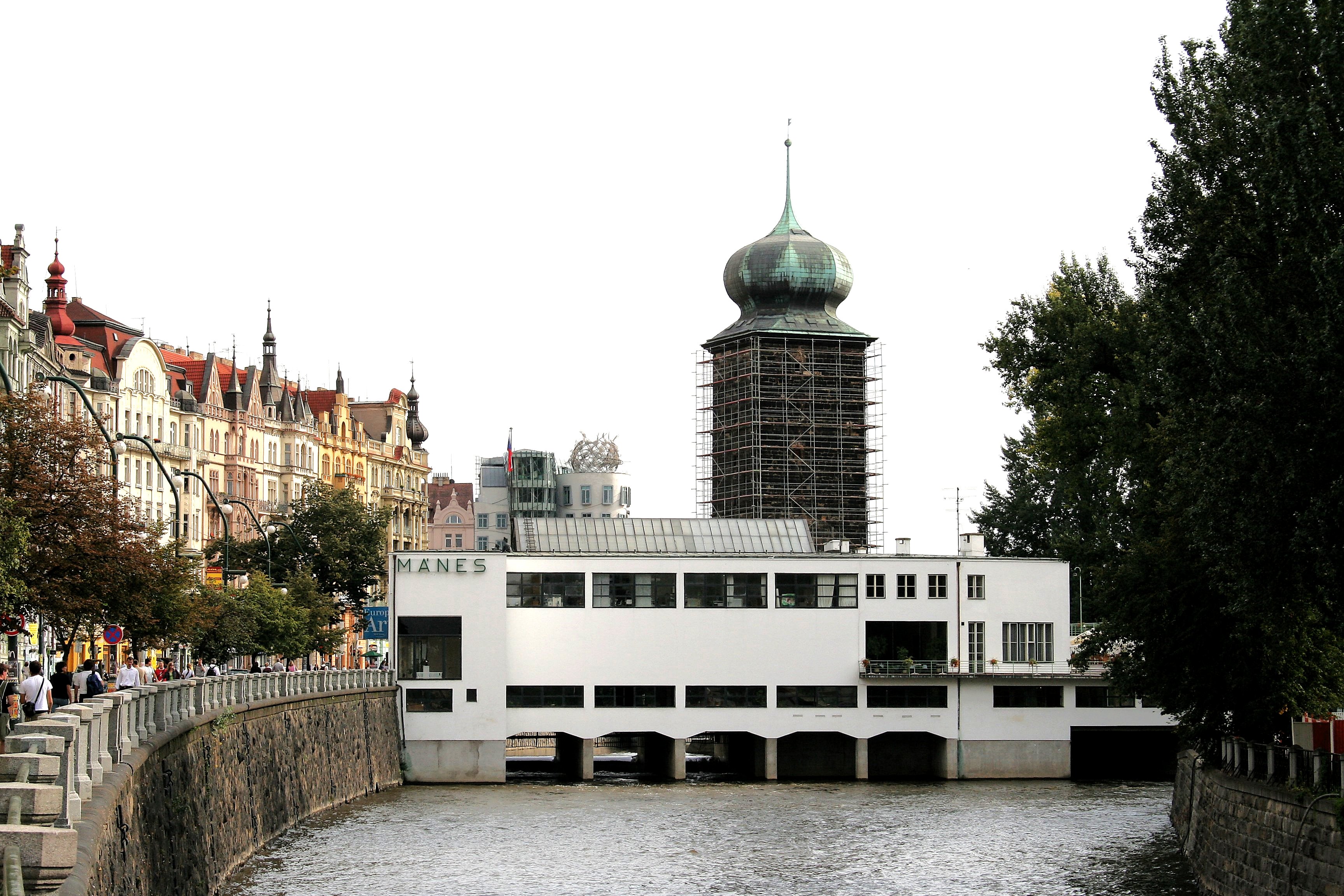|
Josef Chochol
Josef Chochol (13 December 1880, Písek – 6 July 1956, Prague) was a Czech architect. Education Chochol studied architecture at the polytechnic in Prague (1908–24), then at the academy in Vienna, under the guidance of Otto Wagner (1907–09). Career He was one of three significant Cubist architects, together with Pavel Janák and Josef Gočár; all three were members of the Mánes Union of Fine Arts. Chochol was a member since 1913 until he was expelled in 1945 for "patriotic deficiency". Three buildings he designed in Vyšehrad (part of Prague) are considered masterworks of cubist architecture: * Villa Kovařovic (''Kovařovicova vila'') at Libušina 49 near Rašínově nábřeží / square, named after the owner Bedřich Kovařovic, constructed 1912-13 * a cubist villa at Neklanova 98, based on a design by František Hodek, constructed 1912-13 * a villa, now called ''Kubistický Trojdům'' (the "Cubist Threehouse"), at Rašínovo nábřeží 47, constructed 1913-14 ... [...More Info...] [...Related Items...] OR: [Wikipedia] [Google] [Baidu] |
Josef Chochol (1880-1956)
Josef Chochol (13 December 1880, Písek – 6 July 1956, Prague) was a Czech architect. Education Chochol studied architecture at the polytechnic in Prague (1908–24), then at the academy in Vienna, under the guidance of Otto Wagner (1907–09). Career He was one of three significant Cubist architects, together with Pavel Janák and Josef Gočár; all three were members of the Mánes Union of Fine Arts. Chochol was a member since 1913 until he was expelled in 1945 for "patriotic deficiency". Three buildings he designed in Vyšehrad (part of Prague) are considered masterworks of cubist architecture: * Villa Kovařovic (''Kovařovicova vila'') at Libušina 49 near Rašínově nábřeží / square, named after the owner Bedřich Kovařovic, constructed 1912-13 * a cubist villa at Neklanova 98, based on a design by František Hodek, constructed 1912-13 * a villa, now called ''Kubistický Trojdům'' (the "Cubist Threehouse"), at Rašínovo nábřeží 47, constructed 1913-14 ... [...More Info...] [...Related Items...] OR: [Wikipedia] [Google] [Baidu] |
Vyšehrad
Vyšehrad (Czech for "upper castle") is a historic fort in Prague, Czech Republic, just over 3 km southeast of Prague Castle, on the east bank of the Vltava River. It was probably built in the 10th century. Inside the fort are the Basilica of St. Peter and St. Paul and the Vyšehrad Cemetery, containing the remains of many famous Czechs, such as Antonín Dvořák, Bedřich Smetana, Karel Čapek, and Alphonse Mucha. It also contains Prague's oldest Rotunda of St. Martin, from the 11th century. History Local legend holds that Vyšehrad was the location of the first settlement which later became Prague, though thus far this claim remains unsubstantiated. Legend has it that Duke Krok founded Vyšehrad while looking for a safer seat than in Budeč. On a steep rock above the Vltava river, he ordered a forest to be cut down and a castle built there. Also according to legend, Prince Křesomysl imprisoned the knight Horymír at Vyšehrad because he damaged silver mines, and Hor ... [...More Info...] [...Related Items...] OR: [Wikipedia] [Google] [Baidu] |
1956 Deaths
Events January * January 1 – The Anglo-Egyptian Sudan, Anglo-Egyptian Condominium ends in Sudan. * January 8 – Operation Auca: Five U.S. evangelical Christian Missionary, missionaries, Nate Saint, Roger Youderian, Ed McCully, Jim Elliot and Pete Fleming, are killed for trespassing by the Huaorani people of Ecuador, shortly after making contact with them. * January 16 – Egyptian leader Gamal Abdel Nasser vows to reconquer Palestine (region), Palestine. * January 25–January 26, 26 – Finnish troops reoccupy Porkkala, after Soviet Union, Soviet troops vacate its military base. Civilians can return February 4. * January 26 – The 1956 Winter Olympics open in Cortina d'Ampezzo, Italy. February * February 11 – British Espionage, spies Guy Burgess and Donald Maclean (spy), Donald Maclean resurface in the Soviet Union, after being missing for 5 years. * February 14–February 25, 25 – The 20th Congress of the Communist Party of the Soviet Union is held in Mosc ... [...More Info...] [...Related Items...] OR: [Wikipedia] [Google] [Baidu] |
1880 Births
Year 188 (CLXXXVIII) was a leap year starting on Monday of the Julian calendar. At the time, it was known in the Roman Empire as the Year of the Consulship of Fuscianus and Silanus (or, less frequently, year 941 ''Ab urbe condita''). The denomination 188 for this year has been used since the early medieval period, when the Anno Domini calendar era became the prevalent method in Europe for naming years. Events By place Roman Empire * Publius Helvius Pertinax becomes pro-consul of Africa from 188 to 189. Japan * Queen Himiko (or Shingi Waō) begins her reign in Japan (until 248). Births * April 4 – Caracalla (or Antoninus), Roman emperor (d. 217) * Lu Ji (or Gongji), Chinese official and politician (d. 219) * Sun Shao, Chinese general of the Eastern Wu state (d. 241) Deaths * March 17 – Julian, pope and patriarch of Alexandria * Fa Zhen (or Gaoqing), Chinese scholar (b. AD 100) * Lucius Antistius Burrus, Roman politician (executed) * Ma Xiang, Chin ... [...More Info...] [...Related Items...] OR: [Wikipedia] [Google] [Baidu] |
Czech Architects
Czech may refer to: * Anything from or related to the Czech Republic, a country in Europe ** Czech language ** Czechs, the people of the area ** Czech culture ** Czech cuisine * One of three mythical brothers, Lech, Czech, and Rus' Places *Czech, Łódź Voivodeship, Poland *Czechville, Wisconsin, unincorporated community, United States People * Bronisław Czech (1908–1944), Polish sportsman and artist * Danuta Czech (1922–2004), Polish Holocaust historian * Hermann Czech (born 1936), Austrian architect * Mirosław Czech (born 1968), Polish politician and journalist of Ukrainian origin * Zbigniew Czech (born 1970), Polish diplomat See also * Čech, a surname * Czech lands * Czechoslovakia * List of Czechs * * * Czechoslovak (other) * Czech Republic (other) * Czechia (other) Czechia is the official short form name of the Czech Republic. Czechia may also refer to: * Historical Czech lands *Czechoslovakia (1918–1993) *Czech Socialist Republ ... [...More Info...] [...Related Items...] OR: [Wikipedia] [Google] [Baidu] |
Czech Cubism
Czech Cubism (referred to more generally as Cubo-Expressionism) was an avant-garde art movement of Czechs, Czech proponents of Cubism, active mostly in Prague from 1912 to 1914. Prague was perhaps the most important center for Cubism outside Paris before the start of World War I.Cooper, Philip. ''Cubism''. London: Phaidon, 1995, p. 102. Members Members of this movement realized the epochal significance of the cubism of Pablo Picasso and Georges Braque and attempted to extract its components for their own work in all branches of artistic creativity: sculpture, painting, applied arts and architecture. The most notable participants in this movement were the painters František Kupka (whose interests were rooted more in abstraction), Emil Filla, Bohumil Kubišta, Antonín Procházka (painter), Antonín Procházka, Vincenc Beneš, and Josef Čapek, the sculptor Otto Gutfreund, the writer Karel Čapek, and the architects Pavel Janák, Josef Gočár, Vlastislav Hofman and Josef Chocho ... [...More Info...] [...Related Items...] OR: [Wikipedia] [Google] [Baidu] |
Constructivist Architecture
Constructivist architecture was a constructivist style of modern architecture that flourished in the Soviet Union in the 1920s and early 1930s. Abstract and austere, the movement aimed to reflect modern industrial society and urban space, while rejecting decorative stylization in favor of the industrial assemblage of materials. Designs combined advanced technology and engineering with an avowedly communist social purpose. Although it was divided into several competing factions, the movement produced many pioneering projects and finished buildings, before falling out of favour around 1932. It has left marked effects on later developments in architecture. Definition Constructivist architecture emerged from the wider Constructivist art movement, which grew out of Russian Futurism. Constructivist art had attempted to apply a three-dimensional cubist vision to wholly abstract non-objective 'constructions' with a kinetic element. After the Russian Revolution of 1917 it turned its ... [...More Info...] [...Related Items...] OR: [Wikipedia] [Google] [Baidu] |
Prague Uprising
The Prague uprising ( cs, Pražské povstání) was a partially successful attempt by the Czech resistance movement to liberate the city of Prague from German occupation in May 1945, during the end of World War II. The preceding six years of occupation had fuelled anti-German sentiment and the rapid advance of Allied forces from the Red Army and the United States Army offered the resistance a chance of success. On 5 May 1945, during the end of World War II in Europe, occupying German forces in Bohemia and Moravia were spontaneously attacked by civilians in an uprising, with Czech resistance leaders emerging from hiding to join them. The Russian Liberation Army (ROA), a collaborationist formation of ethnic Russians, defected and supported the insurgents. German forces counter-attacked, but their progress was slowed by barricades constructed by the insurgents. On 8 May, the Czech and German leaders signed a ceasefire allowing all German forces to withdraw from the city, but some ... [...More Info...] [...Related Items...] OR: [Wikipedia] [Google] [Baidu] |
Troja (Prague)
Troja became part of Prague in 1922. Now it is part of the district of Prague 7 and its own cadastral area. The area is 3.36 km2, the population is 1,272 and the population density is 379 inhabitants / km2. Troja is the site of Troja Palace, Prague Zoo and the . In Troja are also Vineyards (vineyards ''vinice svaté Kláry'' and ''Salabka''). Due to its premium location, Troja has long been an attractive Prague district for many successful Czechs from business, sports or arts, among them Michael Kocáb, Dana Zátopková, Emil Zátopek, Bohdan Ulihrach or Věra Chytilová Věra Chytilová (2 February 1929 – 12 March 2014) was an avant-garde Czech film director and pioneer of Czech cinema. Banned by the Czechoslovak government in the 1960s, she is best known for her Czech New Wave film, ''Sedmikrásky'' ('' D .... References Districts of Prague {{Prague-geo-stub ... [...More Info...] [...Related Items...] OR: [Wikipedia] [Google] [Baidu] |
Holešovice
Holešovice () is a district in the north of Prague situated on a meander of the River Vltava, which makes up the main part of the district Prague 7 (an insignificant part belongs to Prague 1). In the past it was a heavily industrial suburb; today it is home to the main site of the Prague's National Gallery in Veletržní palác, and National Technical Museum. On the Strossmayer Square lies neo-Gothic Church of St. Anthony of Padua. Holešovice were named as one of the 10 Europe coolest neighborhoods by The Guardian in 2020. Transport There are two metro stops in Holešovice, both on the C line – Vltavská and Nádraží Holešovice, which is connected with one of the largest railway stations A train station, railway station, railroad station or depot is a railway facility where trains stop to load or unload passengers, freight or both. It generally consists of at least one platform, one track and a station building providing such ... in Prague of the same ... [...More Info...] [...Related Items...] OR: [Wikipedia] [Google] [Baidu] |
Mánes Union Of Fine Arts
The Mánes Association of Fine Artists ( or ''S.V.U.''; commonly abbreviated as ''Manes'') was an artists' association and exhibition society founded in 1887 in Prague and named after painter Josef Mánes. The Manes was significant for its international exhibitions before and after World War I that encouraged interaction between Czech artists and the foreign avant-garde. It played an important role in the development of Czech Cubism and Rondocubism. Between 1928 and 1930, Manes built a complex with a restaurant, club, showroom and offices at the site of the Štítkovský Mill and water tower on the Vltava. The architect of the 1928 Manes pavilion was member . The union was liquidated under the Communists and was revived after the Velvet Revolution in 1990. Its headquarters became the Diamond House in Prague, itself a landmark of cubist architecture. Formative years (1885–1899) ''Svaz výtvarných umělců Mánes'' ("Association of Fine Artists Mánes") was established in ... [...More Info...] [...Related Items...] OR: [Wikipedia] [Google] [Baidu] |
Vyšehrad Libušina Kovařovicova Vila 2
Vyšehrad (Czech for "upper castle") is a historic fort in Prague, Czech Republic, just over 3 km southeast of Prague Castle, on the east bank of the Vltava River. It was probably built in the 10th century. Inside the fort are the Basilica of St. Peter and St. Paul and the Vyšehrad Cemetery, containing the remains of many famous Czechs, such as Antonín Dvořák, Bedřich Smetana, Karel Čapek, and Alphonse Mucha. It also contains Prague's oldest Rotunda of St. Martin, from the 11th century. History Local legend holds that Vyšehrad was the location of the first settlement which later became Prague, though thus far this claim remains unsubstantiated. Legend has it that Duke Krok founded Vyšehrad while looking for a safer seat than in Budeč. On a steep rock above the Vltava river, he ordered a forest to be cut down and a castle built there. Also according to legend, Prince Křesomysl imprisoned the knight Horymír at Vyšehrad because he damaged silver mines, and Hory ... [...More Info...] [...Related Items...] OR: [Wikipedia] [Google] [Baidu] |
.jpg)







